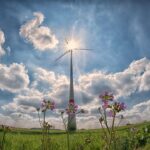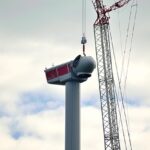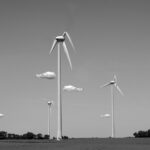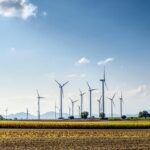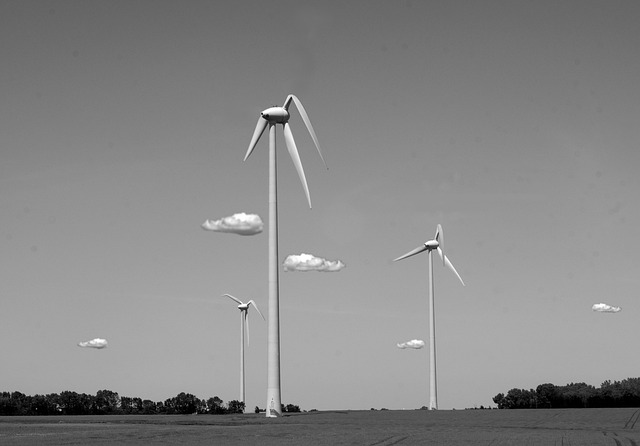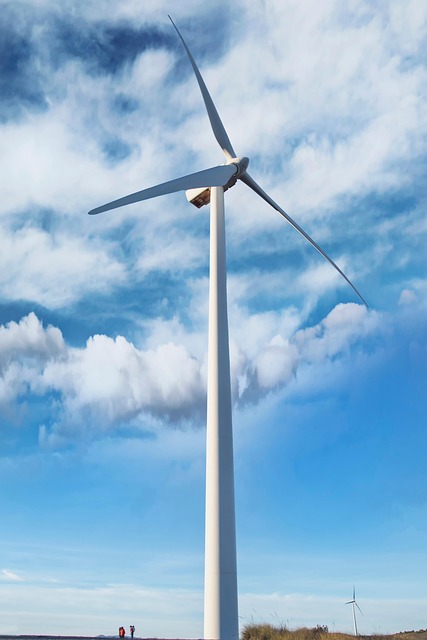How Wind Power Is Shaping Sustainable Cities
In the quest for a sustainable future, urban areas are increasingly turning to renewable energy sources to power their infrastructures and reduce their carbon footprints. Among these sources, wind power stands out as one of the most promising solutions. As cities around the globe grapple with the challenges of climate change, urbanization, and energy demands, harnessing wind energy is becoming a crucial part of the solution. This article explores how wind power is shaping the sustainable cities of tomorrow.
The Role of Wind Power in Urban Sustainability
Wind power has emerged as a significant player in promoting sustainability within urban environments. This renewable energy source is characterized by its abundance, affordability, and low environmental impact. By incorporating wind energy into their energy portfolios, cities can decrease their reliance on fossil fuels, thus helping mitigate greenhouse gas emissions and combat climate change.
Wind power offers several advantages that align seamlessly with the goals of sustainable urban development:
Energy Independence
Many cities are looking for ways to reduce their dependency on imported fossil fuels. Wind power allows urban centers to harness local, renewable energy sources. Turbines can be installed on rooftops, in parks, or even in urban waterfronts, making it possible for cities to generate their own energy. This self-sufficiency not only provides economic benefits but also enhances energy security.
Reduction of Carbon Footprint
By integrating wind power into their energy grid, cities significantly reduce their carbon emissions. Wind energy is considered one of the cleanest forms of electricity generation, producing no direct greenhouse gases or pollutants during operation. The transition to wind power can help cities meet their sustainability goals and contribute to international climate agreements aimed at curbing global warming.
Job Creation and Economic Growth
The growth of the wind energy sector has the potential to generate numerous jobs in urban areas. This includes positions in manufacturing, installation, maintenance, and management of wind energy systems. As cities invest in wind power, they not only foster sustainable energy production but also stimulate economic development by creating new employment opportunities.
Innovative Technologies and Integration
The integration of wind power into urban environments is facilitated by a host of technological advancements. Modern wind turbines are designed to be more efficient and environmentally friendly than their predecessors. Innovations such as smaller, vertical-axis turbines make it feasible to deploy wind energy systems in densely populated areas without compromising aesthetic appeal or public safety.
Additionally, advancements in energy storage technology, such as batteries and grid management systems, have transformed how cities utilize wind power. These technologies allow cities to store energy generated during high-wind periods and deploy it during low-wind periods, balancing supply and demand effectively. This flexibility is vital for incorporating wind energy into the existing grid and ensuring a reliable power supply.
Urban Planning and Design Informed by Wind Energy
Integrating wind power into city infrastructure requires comprehensive urban planning. City planners and architects are increasingly considering wind energy during the design phase of projects, from residential complexes to commercial developments. Here are a few strategies:
Rooftop Wind Turbines
Many buildings, particularly high-rises, can benefit from the installation of small wind turbines on rooftops. This solution optimizes the use of available space and provides a source of clean energy directly for the building’s consumption. Recognizing the potential for wind energy in high-density areas is essential for cities aiming to transition to sustainable energy solutions.
Community Wind Farms
Some cities are exploring community wind farms where residents can collectively invest in larger turbines situated in areas with high wind potential. This communal approach not only helps finance the wind farms but fosters a sense of ownership among residents while providing a source of renewable energy for the community.
Integration with Other Renewable Sources
For maximum efficiency, cities are beginning to integrate wind power with other forms of renewable energy, such as solar and hydroelectric power. This multi-faceted approach creates a robust energy grid that can depend on multiple energy sources to complement each other, increasing overall reliability and sustainability. The combination of wind and solar energy, in particular, proves beneficial: when solar output is low during the winter months, wind energy often compensates for it, and vice versa.
Case Studies: Cities Leading the Way
Several cities around the world are successfully implementing wind energy solutions to enhance their sustainability. These case studies demonstrate various models and strategies cities have employed to integrate wind power into urban life.
San Diego, California
Recognized for its commitment to renewable energy, San Diego has adopted ambitious local policies aimed at achieving 100% renewable energy by 2035. The city has leveraged its coastal winds by developing wind farms in nearby areas, while harnessing rooftop and small wind turbine installation across buildings. This initiative not only provides clean energy but also fosters significant job creation in the local green economy.
Copenhagen, Denmark
Copenhagen stands as a frontrunner in urban sustainability, aiming to become the world’s first carbon-neutral capital by 2025. With a comprehensive plan that includes wind energy, Copenhagen has invested heavily in offshore wind farms that supply a significant portion of its electricity. The integration of wind power with an extensive public transportation system, including electric buses and bikes, enhances the city’s overall sustainability efforts.
Toronto, Canada
Toronto is actively exploring the feasibility of urban wind projects as part of its commitment to sustainability. The city has initiated a pilot program to install several small wind turbines on municipal buildings. Additionally, Toronto’s WindShare project is a community-owned wind turbine that generates renewable energy and shares its benefits with the local community. Such initiatives reflect Toronto’s understanding of urban wind energy potential amidst a bustling metropolitan context.
The Challenges Ahead
While the benefits of wind power in shaping sustainable cities are clear, the path to widespread adoption is not without challenges. A few key obstacles must be addressed in order to realize wind energy’s full potential in urban areas:
Space Constraints
One of the most significant challenges faced by cities is the lack of space for large wind turbines. Urban environments are often dense, leaving little room for the placement of traditional wind farms. However, the development of smaller, vertical-axis turbines offers a solution that can be deployed in more confined spaces. The exploration of hybrid models that combine wind power with other energy sources can also mitigate this challenge.
Public Perception and NIMBYism
Public acceptance is crucial for the success of wind energy projects. Communities may resist the installation of wind turbines due to concerns about noise, aesthetics, and other perceived drawbacks, leading to “Not In My Back Yard” (NIMBY) sentiments. Clear communication and community engagement are essential to address these concerns and highlight the long-term economic and environmental benefits of wind energy. Involving communities in planning and decision-making can also foster a sense of ownership and pride in local renewable projects.
Regulatory and Policy Frameworks
Effective policies and regulatory frameworks play a critical role in promoting wind energy adoption in urban settings. Additionally, financial incentives and support for renewable energy projects can encourage investment and reduce barriers for both city governments and developers. Collaborations between public and private sectors can enhance project viability and attract the necessary funding.
The Future of Wind Power in Sustainable Cities
The future of wind power in shaping sustainable cities looks bright, with technological advancements and increasing awareness driving further adoption. As cities seek to create livable spaces that prioritize clean energy solutions, wind power will be essential in powering these urban areas sustainably.
To build a resilient and adaptive energy grid, cities will need to adopt an integrated approach to energy planning. The melding of wind power with other renewable sources, smart energy management systems, and community involvement will be key components. By embracing wind energy, cities can enhance their sustainability, improve local economies, and create healthier environments for future generations.
Wind power may not be the only answer to the urban sustainability puzzle, but it undoubtedly is a cornerstone in the pathway towards creating the sustainable cities of tomorrow.
